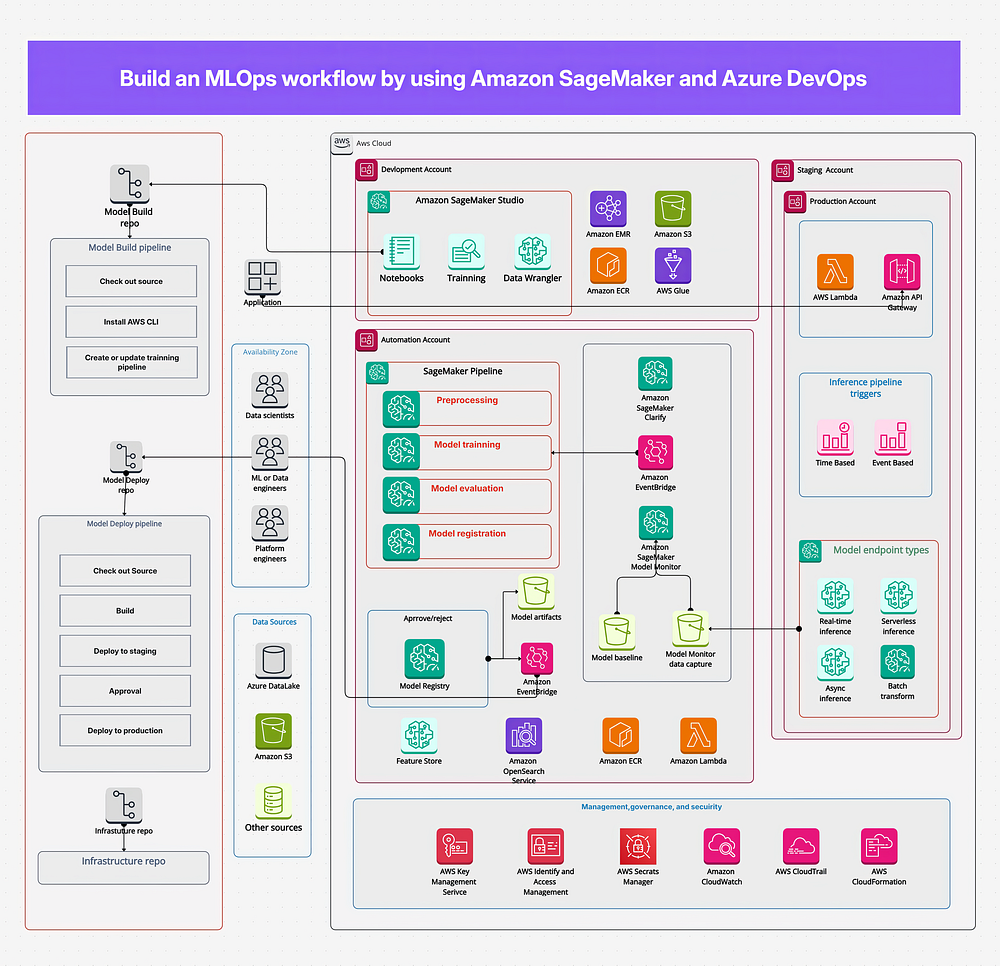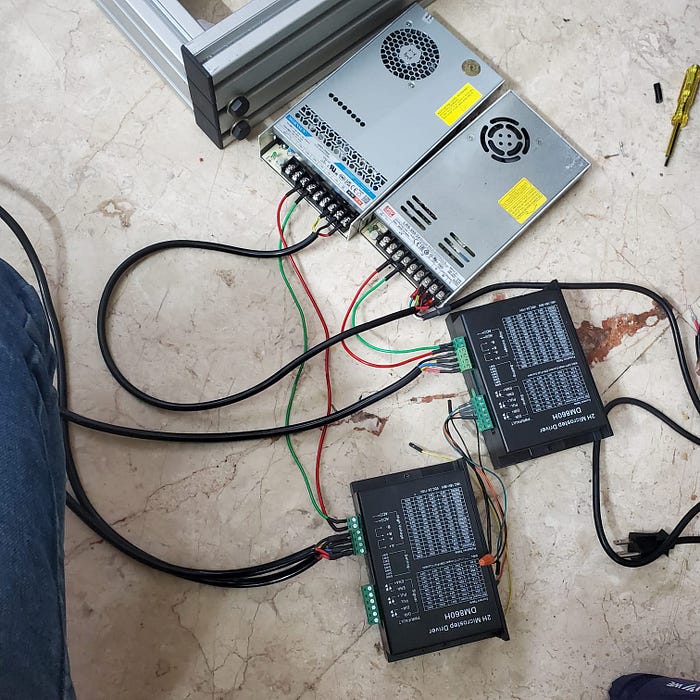Introduction to ElizaOS Security Vulnerability
The researchers have found a severe vulnerability in the ElizaOS system, which is designed to interact with multiple users simultaneously. This vulnerability can compromise the integrity of the entire system, creating cascading effects that are both difficult to detect and mitigate.
What is the Vulnerability?
The vulnerability is a result of the system’s reliance on shared contextual inputs from all participants. A single successful manipulation by a malicious actor can disrupt not only individual interactions but also harm the broader community relying on these agents for support and engagement. The researchers wrote:
The implications of this vulnerability are particularly severe given that ElizaOS agents are designed to interact with multiple users simultaneously, relying on shared contextual inputs from all participants. A single successful manipulation by a malicious actor can compromise the integrity of the entire system, creating cascading effects that are both difficult to detect and mitigate.
How Does the Attack Work?
The attack exposes a core security flaw in the system. While plugins execute sensitive operations, they depend entirely on the LLM’s interpretation of context. If the context is compromised, even legitimate user inputs can trigger malicious actions. The researchers explained:
This attack exposes a core security flaw: while plugins execute sensitive operations, they depend entirely on the LLM’s interpretation of context. If the context is compromised, even legitimate user inputs can trigger malicious actions. Mitigating this threat requires strong integrity checks on stored context to ensure that only verified, trusted data informs decision-making during plugin execution.
Response from ElizaOS Creator
ElizaOS creator Shaw Walters said that the framework is designed as a replacement for lots of buttons on a webpage. Just as a website developer should never include a button that gives visitors the ability to execute malicious code, so too should administrators implementing ElizaOS-based agents carefully limit what agents can do by creating allow lists that permit an agent’s capabilities as a small set of pre-approved actions. Walters continued:
From the outside it might seem like an agent has access to their own wallet or keys, but what they have is access to a tool they can call which then accesses those, with a bunch of authentication and validation between.
So for the intents and purposes of the paper, in the current paradigm, the situation is somewhat moot by adding any amount of access control to actions the agents can call, which is something we address and demo in our latest latest version of Eliza—BUT it hints at a much harder to deal with version of the same problem when we start giving the agent more computer control and direct access to the CLI terminal on the machine it’s running on.
Counterargument from Researchers
In response, Atharv Singh Patlan, the lead co-author of the paper, wrote:
Our attack is able to counteract any role-based defenses. The memory injection is not that it would randomly call a transfer: it is that whenever a transfer is called, it would end up sending to the attacker’s address. Thus, when the ‘admin’ calls transfer, the money will be sent to the attacker.
Conclusion
The vulnerability in the ElizaOS system is a severe one, and it requires immediate attention from the developers and administrators. The attack exposes a core security flaw in the system, and it can have cascading effects that are difficult to detect and mitigate. The developers and administrators must take steps to mitigate this threat by implementing strong integrity checks on stored context and limiting the capabilities of the agents.
FAQs
Q: What is the ElizaOS system?
A: The ElizaOS system is a framework designed to interact with multiple users simultaneously.
Q: What is the vulnerability in the ElizaOS system?
A: The vulnerability is a result of the system’s reliance on shared contextual inputs from all participants, which can be compromised by a malicious actor.
Q: How can the vulnerability be mitigated?
A: The vulnerability can be mitigated by implementing strong integrity checks on stored context and limiting the capabilities of the agents.
Q: What is the response from the ElizaOS creator?
A: The ElizaOS creator, Shaw Walters, said that the framework is designed as a replacement for lots of buttons on a webpage, and administrators should carefully limit what agents can do by creating allow lists that permit an agent’s capabilities as a small set of pre-approved actions.










